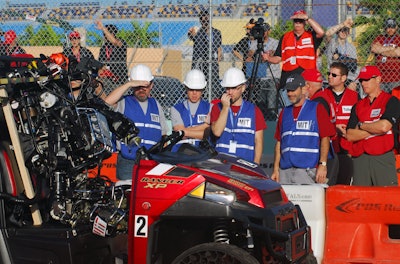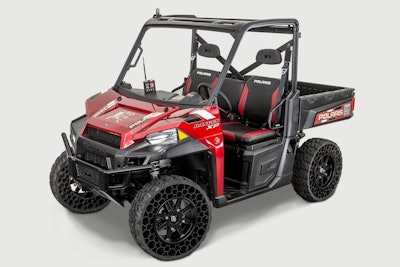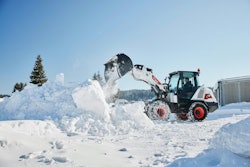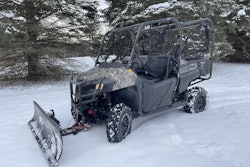

“Off-road vehicles are some of the most useful vehicles in disaster relief,” says Rich Haddad, general manager of Polaris Defense. “The versatility of the Ranger platform would allow a robot to transport tools, equipment, supplies and power” despite the challenging terrain at many disaster sites.
The DRC trials occurred in December 2013. At the upcoming finals, robots will be required to drive the vehicle on a roadway while successfully weaving around obstacles. The robots will have to get off the vehicle and attempt to intervene at a mockup disaster site where conditions would preclude humans from being able to perform the tasks.
The winning team for the DRC overall will receive a $2 million grand prize. DARPA will award $1 million to the runner-up and $500,000 to the third-place team.

Polaris GEM electric vehicles will also be used during DRC. Robots will be loaded onto the flat bed and transported on the Polaris GEM eL XD. The eL XD was chosen due to its electric power, quiet operation, flat-bed size, 1,450-pound load capacity and its ability to drive both indoors and on public streets.









